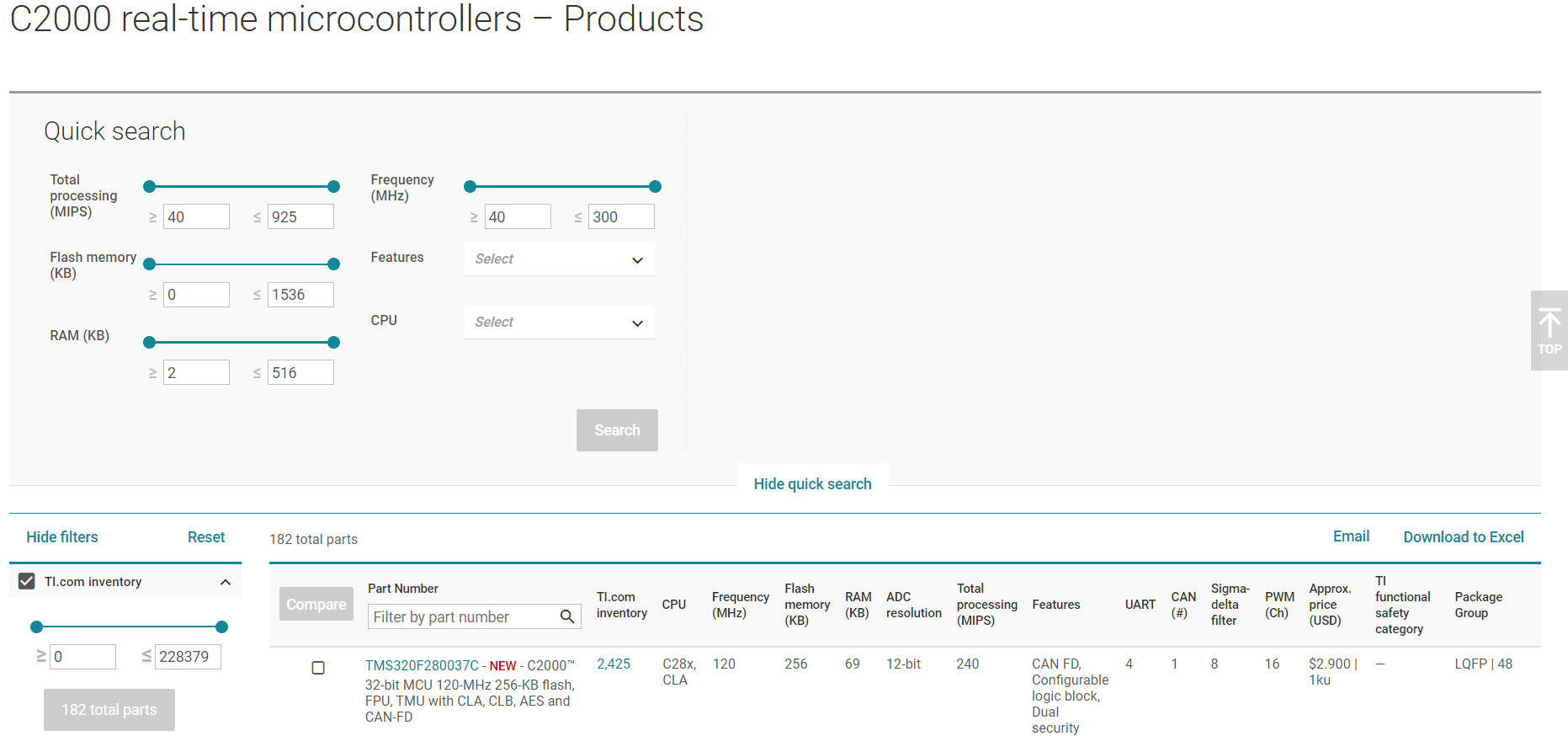SPRACZ9A November 2021 – December 2022 F28E120SC , TMS320F2800132 , TMS320F2800133 , TMS320F2800135 , TMS320F2800137 , TMS320F2800152-Q1 , TMS320F2800153-Q1 , TMS320F2800154-Q1 , TMS320F2800155 , TMS320F2800155-Q1 , TMS320F2800156-Q1 , TMS320F2800157 , TMS320F2800157-Q1 , TMS320F280021 , TMS320F280021-Q1 , TMS320F280023 , TMS320F280023-Q1 , TMS320F280023C , TMS320F280025 , TMS320F280025-Q1 , TMS320F280025C , TMS320F280025C-Q1 , TMS320F280033 , TMS320F280034 , TMS320F280034-Q1 , TMS320F280036-Q1 , TMS320F280036C-Q1 , TMS320F280037 , TMS320F280037-Q1 , TMS320F280037C , TMS320F280037C-Q1 , TMS320F280038-Q1 , TMS320F280038C-Q1 , TMS320F280039 , TMS320F280039-Q1 , TMS320F280039C , TMS320F280039C-Q1 , TMS320F280040-Q1 , TMS320F280040C-Q1 , TMS320F280041 , TMS320F280041-Q1 , TMS320F280041C , TMS320F280041C-Q1 , TMS320F280045 , TMS320F280048-Q1 , TMS320F280048C-Q1 , TMS320F280049 , TMS320F280049-Q1 , TMS320F280049C , TMS320F280049C-Q1
- Hardware Design Guide for F2800x Devices
- Trademarks
- 1Introduction
- 2Typical F2800x System Block Diagram
- 3Schematic Design
- 4PCB Layout Design
- 5EOS, EMI/EMC, and ESD Considerations
- 6Final Details and Checklist
- 7References
- 8Revision History
3.1.1 F2800x Devices
The entry and mid-performance C2000 devices come in a variety of package options to perfectly fit a wide range of applications and systems. The C2000 devices are available in entry-performance packages for simple control systems as well as higher-performance packages for feature-rich systems. The main devices of F280013x, F28002x, F28003x, and F28004x are distinct families with different device specs and features. Branching further, each of these devices come in varying packages and pinouts. This gives a large device and pin-package library of which to choose from for designing systems. This enables users the ability to implement their systems with adequately-tuned peripheral support at an optimized cost.
All F2800x devices offer support for many communication peripherals, including CAN, I2C, SCI, SPI, LIN, PMBus, and FSI. With regard to analog peripherals, all of these devices include varying numbers of 12-bit ADCs, external ADC channels, and windowed comparators (CMPSS) with reference DACs. Control peripherals include eCAPs, ePWMs, and eQEPs.
For an exhaustive overview of the peripheral support for each of TI's available C2000 devices, see the C2000 Real-Time Control MCU Peripherals Reference Guide.
 Figure 3-2 TI C2000 Product Selection
Page
Figure 3-2 TI C2000 Product Selection
PageThe C2000 product selection page offers the ability to search and filter devices by specifications such as frequency, flash size, RAM, ADC resolution, MIPS, and number of peripherals. Once the system requirements have been finalized, this tool can be a useful way to provide guidance on which specific packages would be a good fit for the system being built.